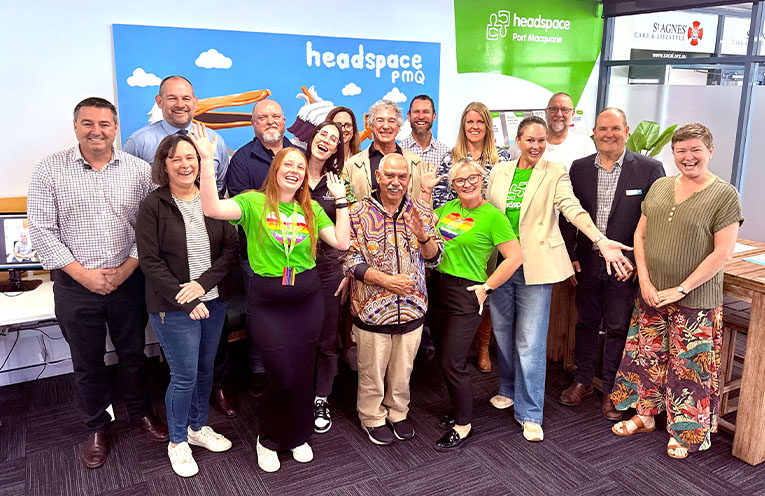HEADSPACE Port Macquarie officially unveiled its newly refurbished centre on Monday 8 September, marking a major step forward in providing vital mental health support for young people in the region.
The much needed enhancement resulted from $148,000 received under Stream 3 of the Federal Government’s Headspace Demand Management and Enhancement program.
It included a reconfiguration of existing floor space to expand staff capacity, the addition of two new pods for telehealth appointments, and improvements to furniture, paint and lighting.
Headspace Port Macquarie Community Engagement Manager Sandy Guthrie, said the refurbishment will help meet rising demand.
But she emphasised the need for ongoing support.
“The upgrades have turned the facility into a welcoming and safe space for young people to come in and seek the support they need.
“We’ve added additional consultation rooms which allows for more privacy and the ability to see more young people at once on the days that have higher demand.
“We have two GPs on staff, which is wonderful, but to be able to provide the services that we’d like to for our young people, we need more clinicians.
“Now that we have the additional space, it would be fantastic to expand our staff along with it.”
Member for Cowper Pat Conaghan, who is the father of two teenage sons, acknowledged the mounting pressures on youth and the importance of early intervention.
“It’s no secret that mental health and access to appropriate care and services are one of the most pressing issues facing our region’s young people,” he said.
“Headspace has long been the Government’s preferred provider of mental health services for those aged 12-25, and for good reason.
“They are a trusted network of safe hands for those in need in our community.
“It’s wonderful to see this crucial service receive even a small amount of the support it deserves.”
Mr Conaghan also noted the current wait times of up to 10 weeks to see a GP and three months to see a psychiatrist, calling for more investment in attracting and retaining mental health specialists to regional areas.
By Sis HIGGINS




